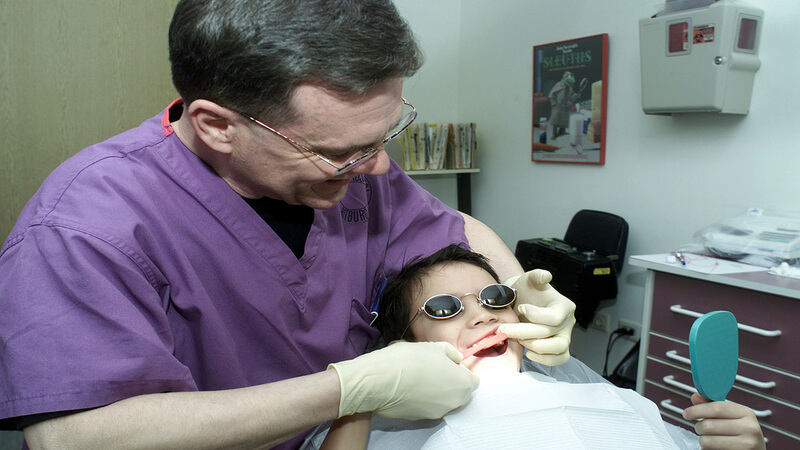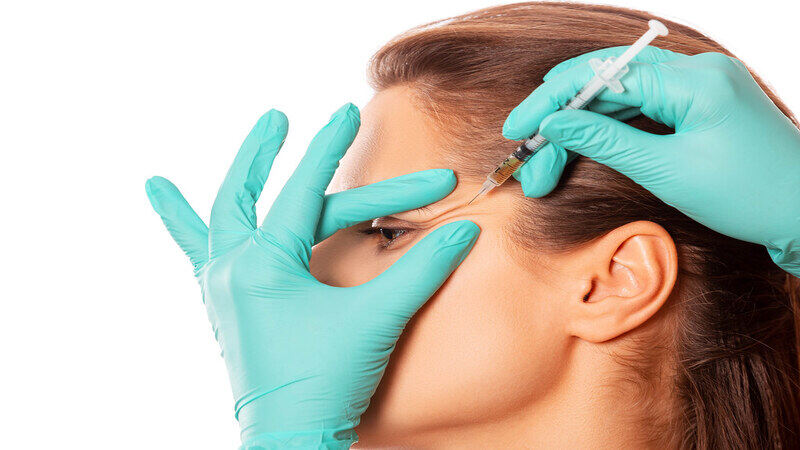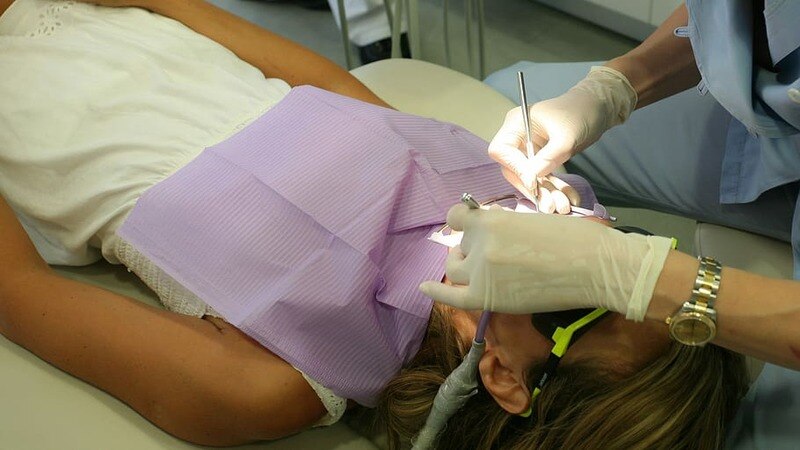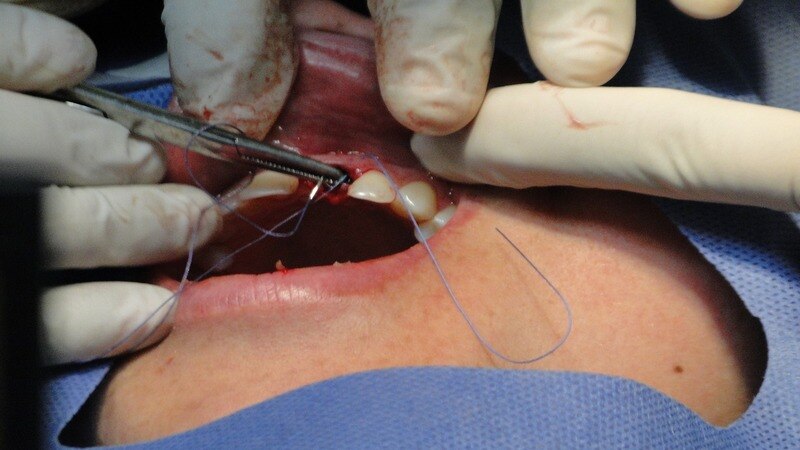Understanding General Dentistry: Your Key to Optimal Oral Health
Introduction:
Maintaining good oral health is essential for a healthy and confident smile. Regular dental care plays a vital role in preventing dental issues and maintaining overall well-being. In this comprehensive guide, we will delve into the world of general dentistry, covering its importance, common procedures, and the benefits it offers. So, let’s embark on this journey and discover how general dentistry can contribute to your oral care routine.
The Role of General Dentistry in Oral Health Maintenance
General Dentistry: An Overview General dentistry encompasses a range of preventive, diagnostic, and restorative procedures aimed at maintaining optimal oral health. Dentists specializing in general dentistry are your primary oral healthcare providers, offering a variety of services to patients of all ages.
Preventive Dentistry: Building a Foundation for Oral Health Preventive dentistry focuses on proactive measures to prevent dental issues before they arise. Regular dental check-ups, professional cleanings, oral examinations, and patient education are integral aspects of preventive dentistry. By adopting these practices, you can safeguard your teeth and gums against common problems such as tooth decay, gum disease, and oral infections.
Prominent Procedures in General Dentistry:
- Dental Fillings: Treating Cavities and Restoring Dental Health
- Root Canal Therapy: Preserving Teeth from Extraction
- Dental Crowns and Bridges: Restoring Functionality and Aesthetics
- Teeth Whitening: Enhancing Your Smile’s Radiance
- Orthodontics: Correcting Misaligned Teeth and Bite Issues
- Periodontal Therapy: Combating Gum Disease
Benefits of Seeking General Dentistry Services
Comprehensive Oral Health Assessment During regular dental visits, your general dentist performs a thorough examination of your oral cavity, including your teeth, gums, and surrounding tissues. This assessment allows for the early detection of potential dental problems and prompt intervention to prevent their progression.
Customized Treatment Plans General dentistry offers personalized treatment plans tailored to your unique oral health needs. Dentists consider factors such as your dental history, lifestyle, and goals to devise effective strategies for maintaining or restoring your oral health.
Enhanced Aesthetics and Confidence General dentistry extends beyond oral health; it also focuses on enhancing your smile’s aesthetics. With treatments like teeth whitening, dental veneers, and orthodontics, general dentists can help you achieve a smile that boosts your confidence and improves overall self-esteem.
Improved Overall Well-being Oral health is closely linked to your overall well-being. Regular dental care and preventive measures can reduce the risk of systemic health issues associated with poor oral hygiene. Maintaining a healthy mouth contributes to better digestion, proper nutrition, and improved overall quality of life.
Conclusion:
General dentistry plays a pivotal role in maintaining optimal oral health and overall well-being. By seeking regular dental care and adhering to preventive measures, you can safeguard your smile and enjoy the numerous benefits it offers.

